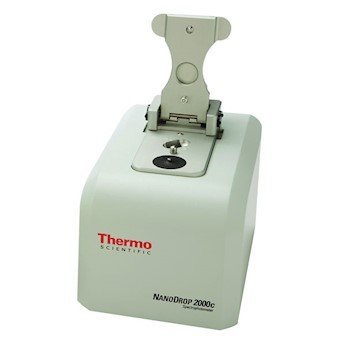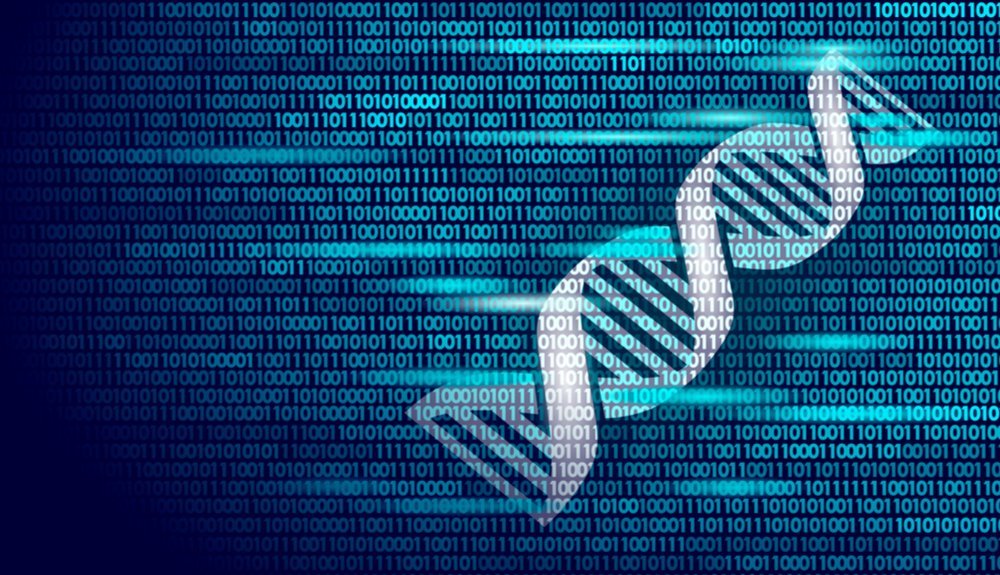Whether you are performing molecular cloning experiment or preparing your samples for next generation sequencing, quantifying your DNA is a crucial checkpoint in your experimental workflow. Accurately quantifying DNA can be challenging as it depends on the technologies used and whether the method is best suited for your sample.
In our latest guide, we compare the DNA quantification parameters offered by three popular chromatin profiling instruments: the NanoDrop 2000™, the Qubit 2.0® fluorometer and the Bioanalyzer 2100©.
Here we give an overview of the advantages and limitations of detection sensitivity, reproducibility and automated analysis of each instrument.
Thermo Scientific NanoDrop 2000™

Familiar to most labs, the ubiquitous Nanodrop series uses spectrophotometry to quantify DNA. In less than 5 seconds, this instrument can estimate sample DNA or RNA concentration using only 1 µl of sample by measuring the amount of ultraviolet radiation absorbed by the bases in solution.
Advantages: Quick, convenient and simple to use.
Disadvantages: Not able to distinguish between RNA, double stranded DNA, single-stranded DNA, and free nucleotides.
Life Technologies Qubit 2.0®
The Qubit 2.0® (Figure 3) is ideal when quantifying immunoprecipitated DNA beyond the range of UV spectrometers, since it’s capable of quantifying DNA in samples with concentrations as low as 10 pg/µl through UV-induced fluorescence using intercalating dyes.
Advantages: Increased accuracy of measurements and greater sensitivity than spectrophotometers.
Disadvantages: More time consuming than the NanoDrop 2000™.
Agilent Bioanalyzer 2100©
The first commercially available chip-based nucleic acid analysis system, the Bioanalyzer 2100© uses microfluidic technology to detect DNA fragments in real time and separate by size, almost instantly allowing for data analysis and manipulation.
Advantages: Analysis of DNA fragments provides information also the size range of fragments which constitute the nucleic acid sample in addition to the data on the DNA concentration.
Disadvantages: The initial outlay cost is significantly higher than that of the NanoDrop 2000™ and the Qubit 2.0®.

